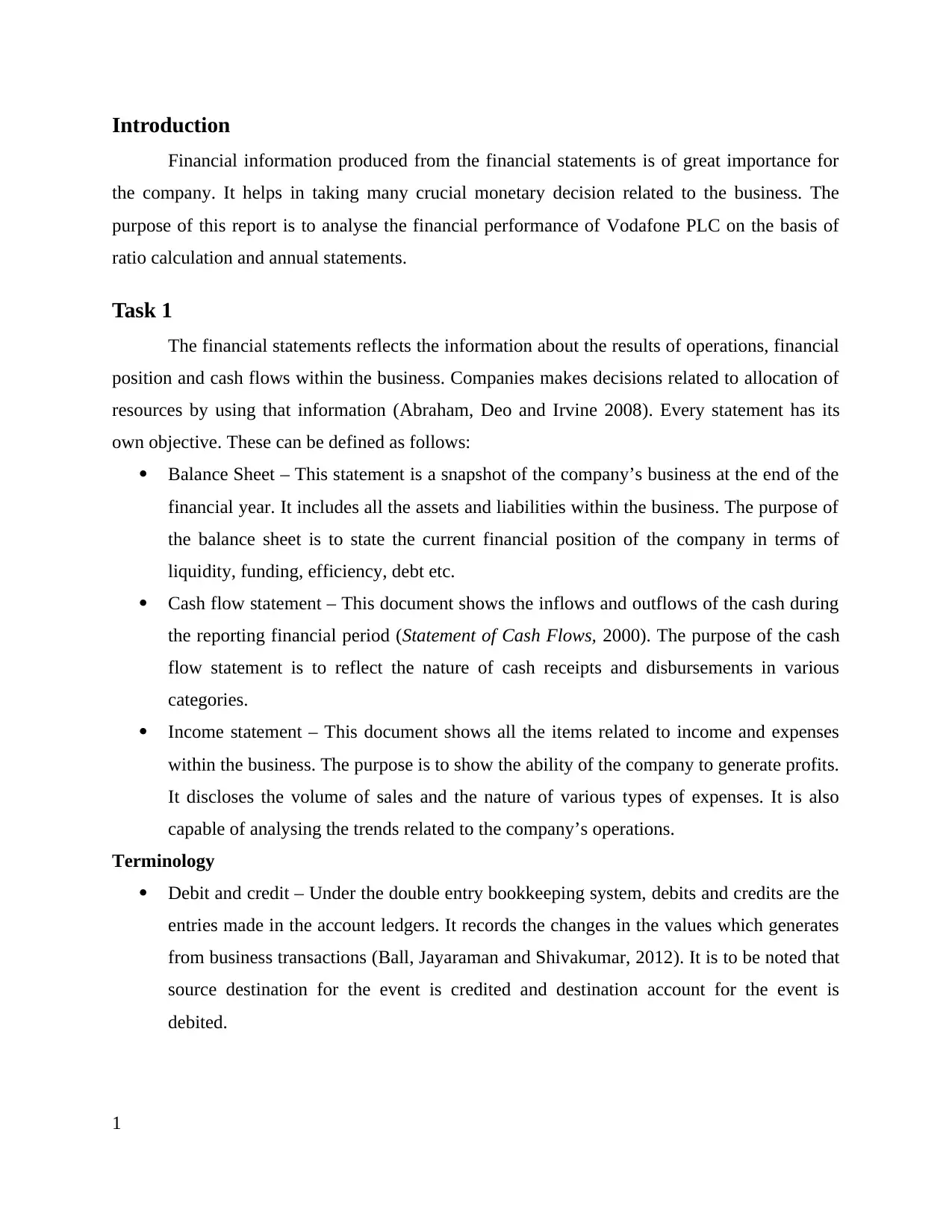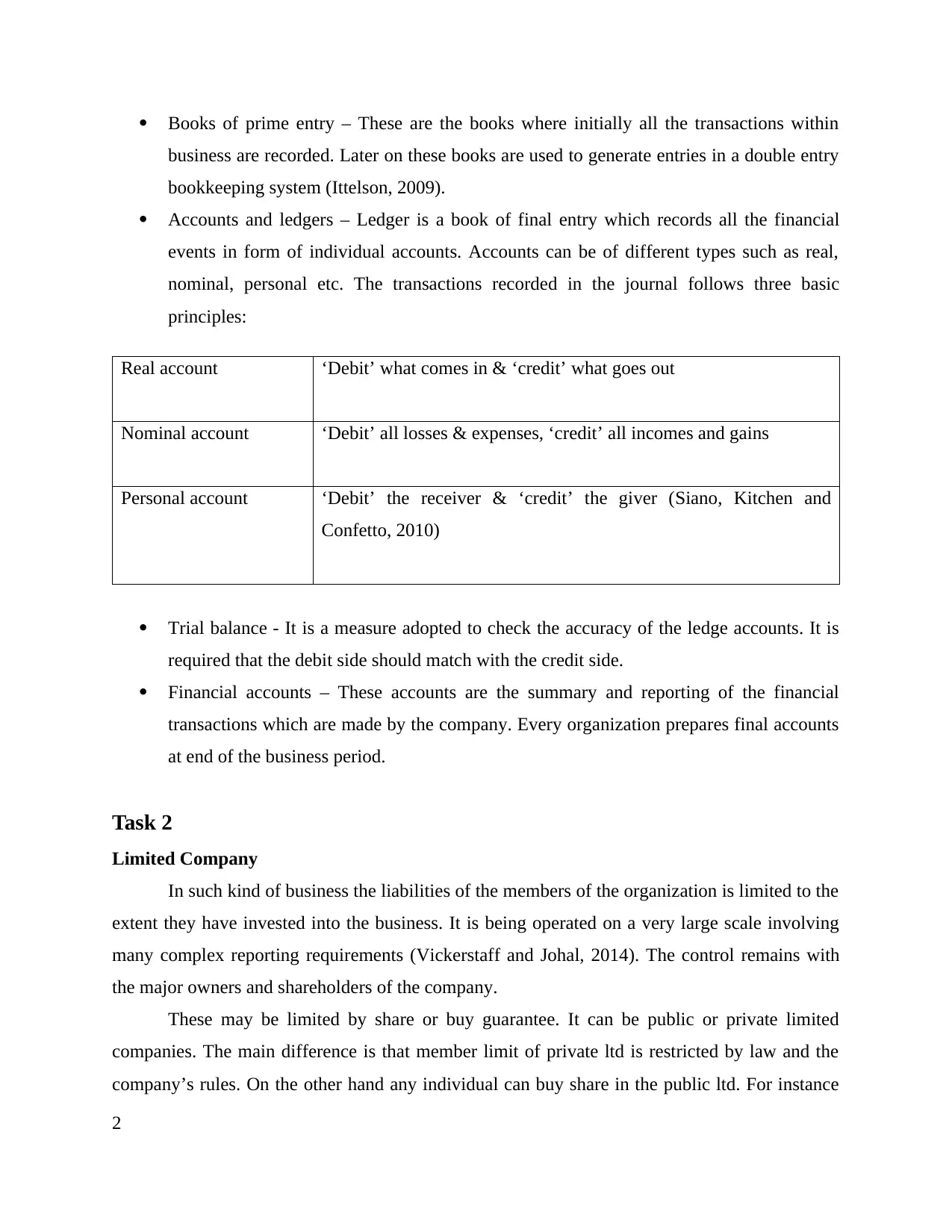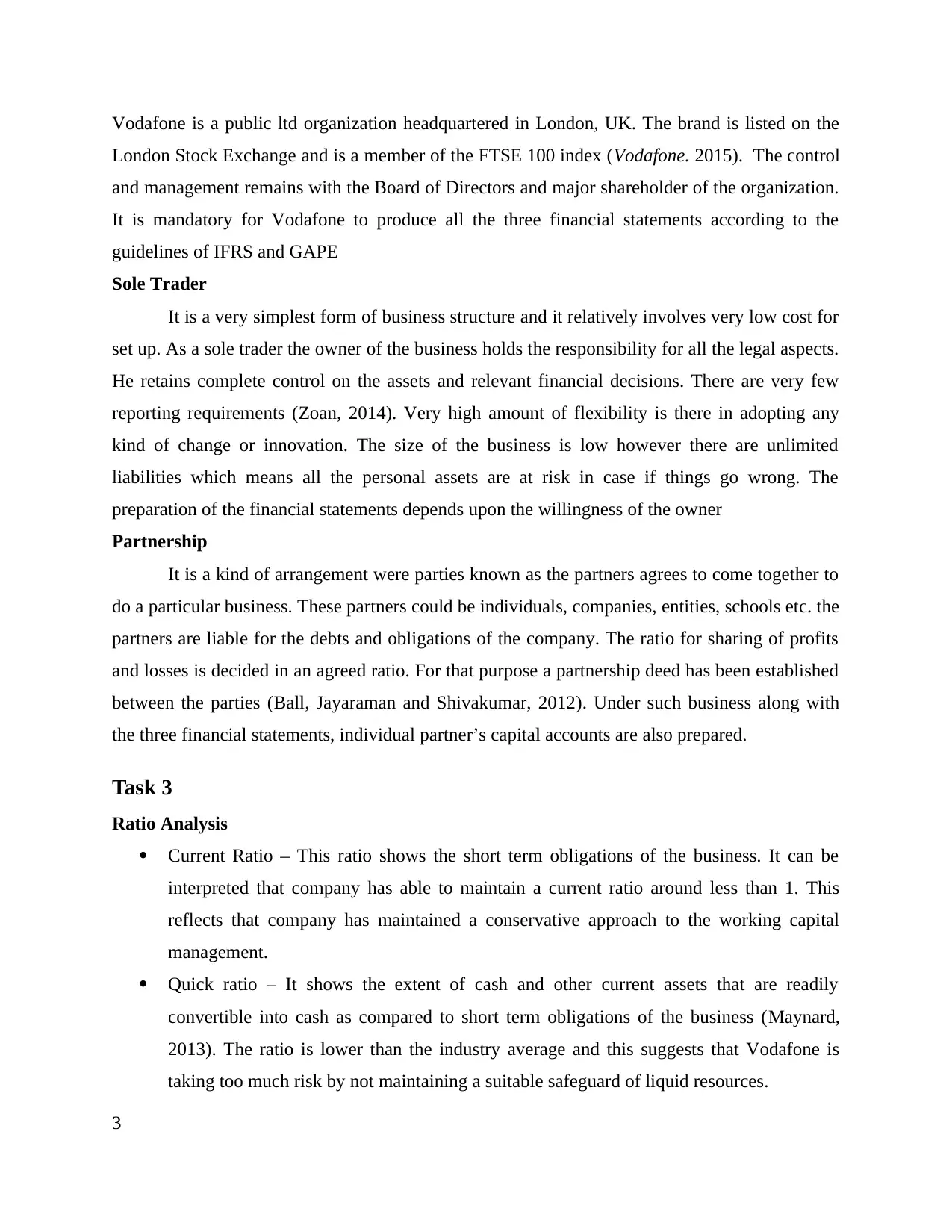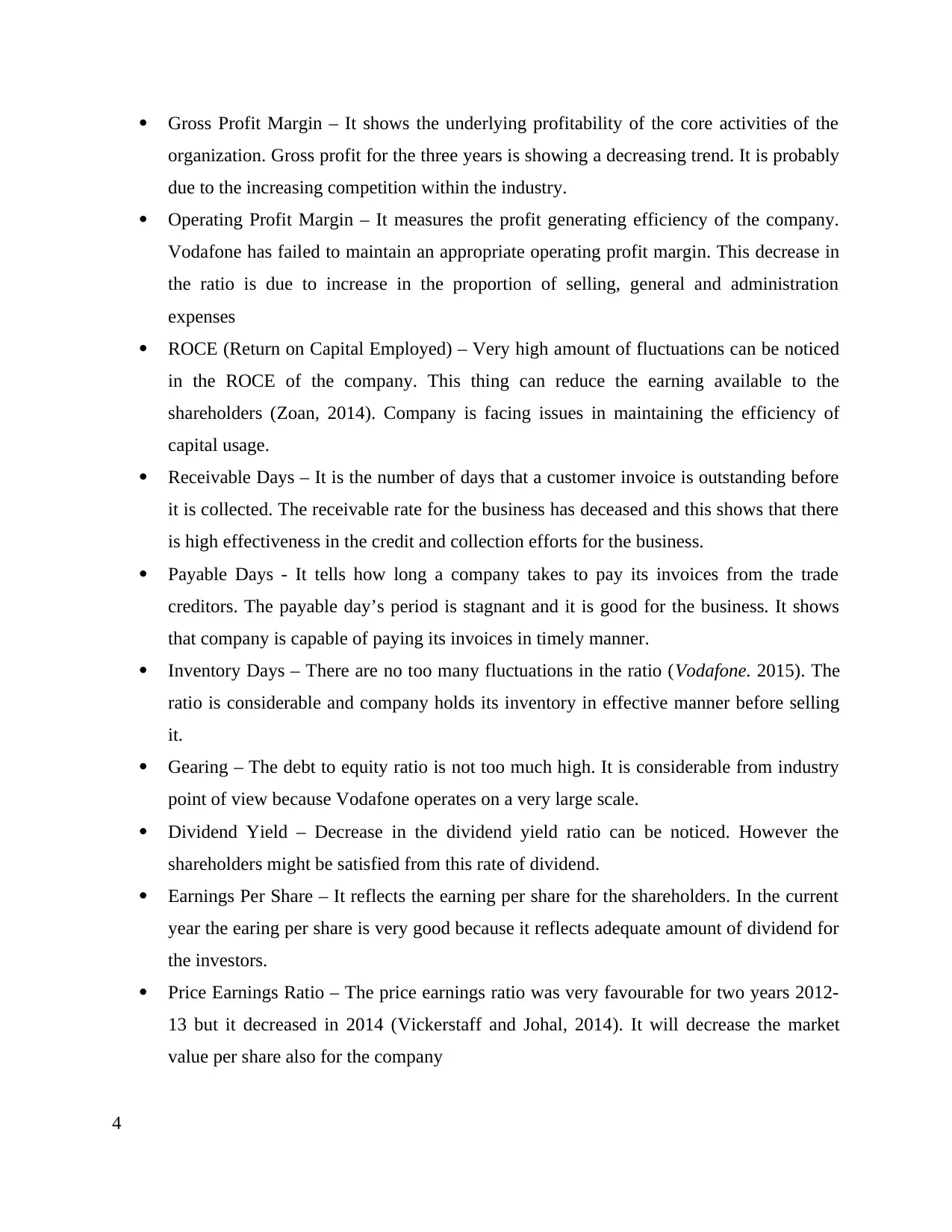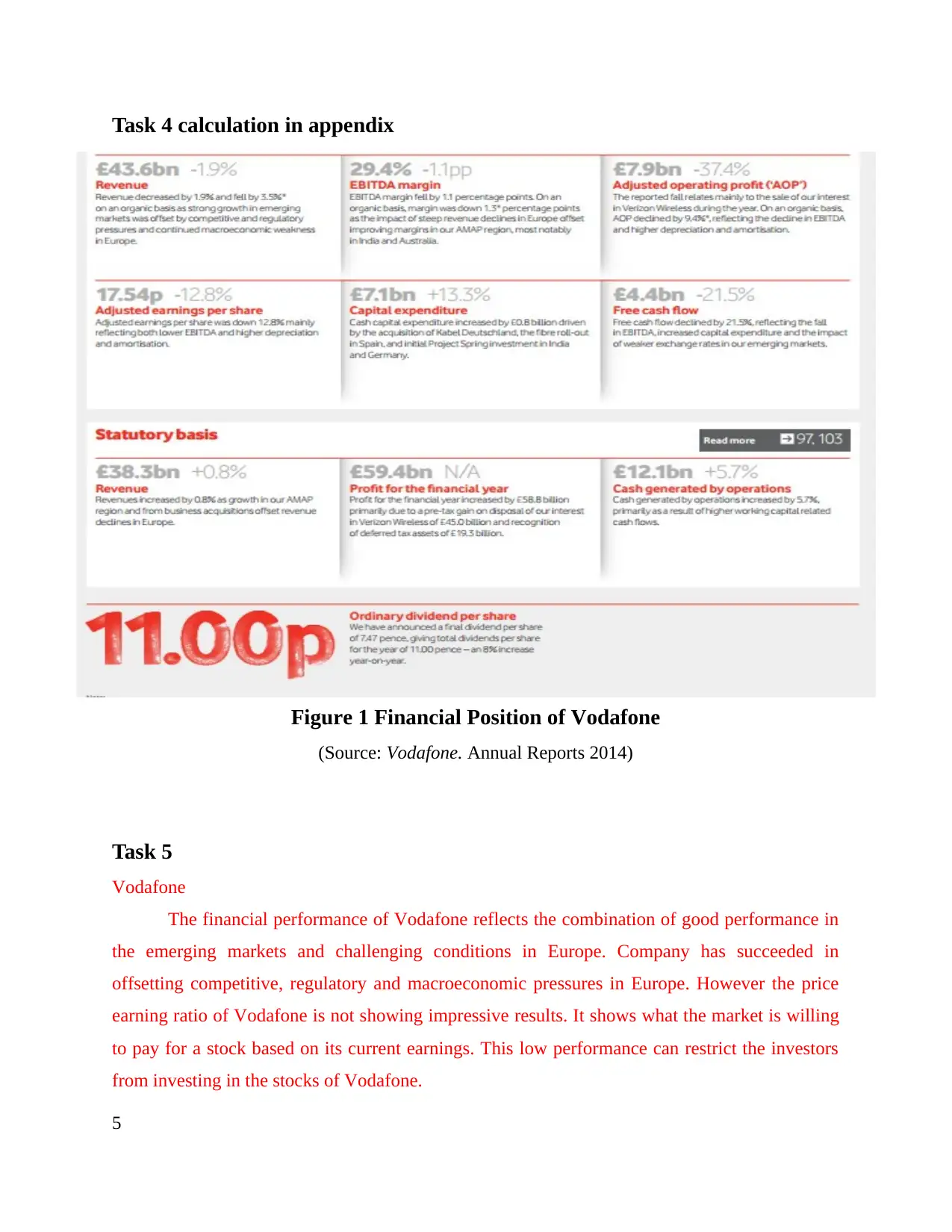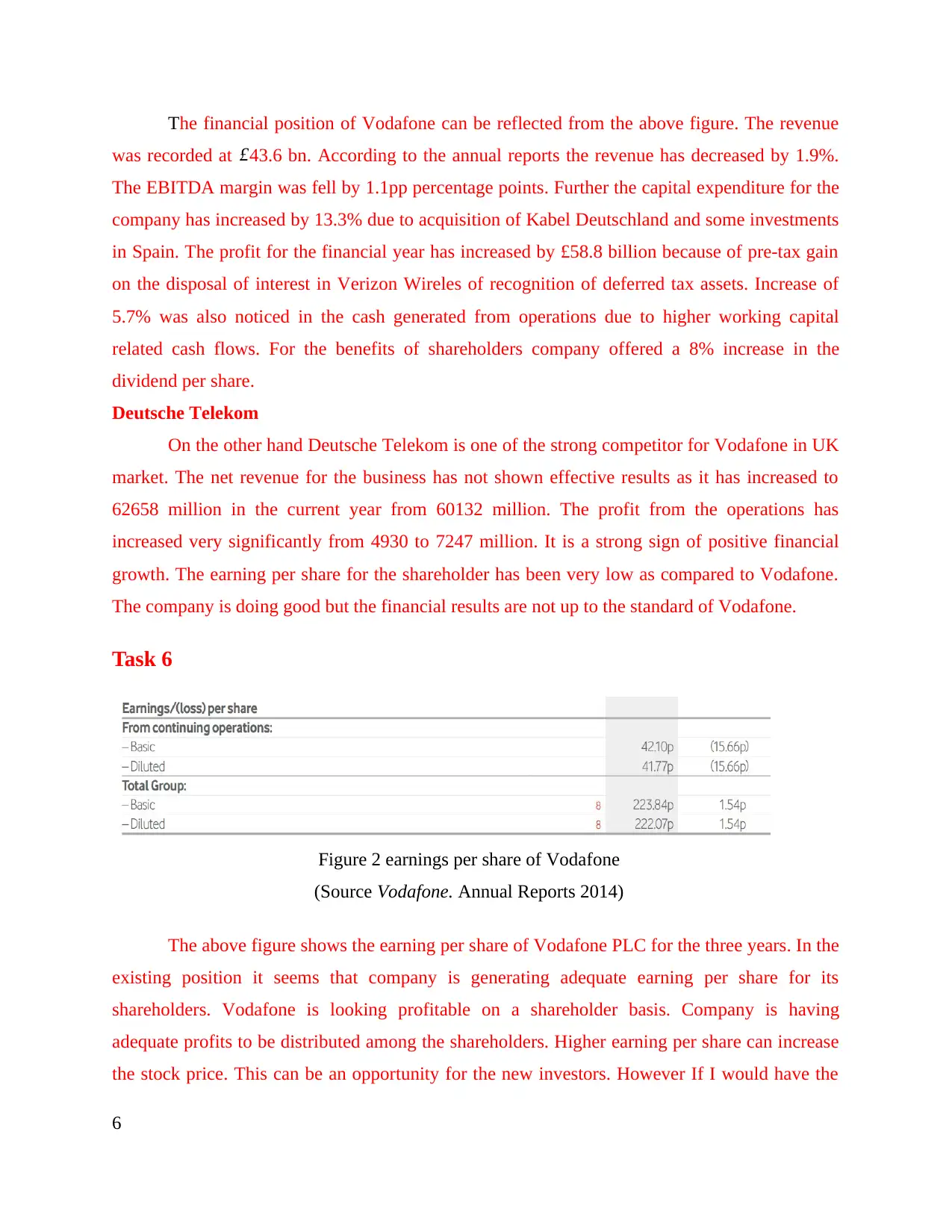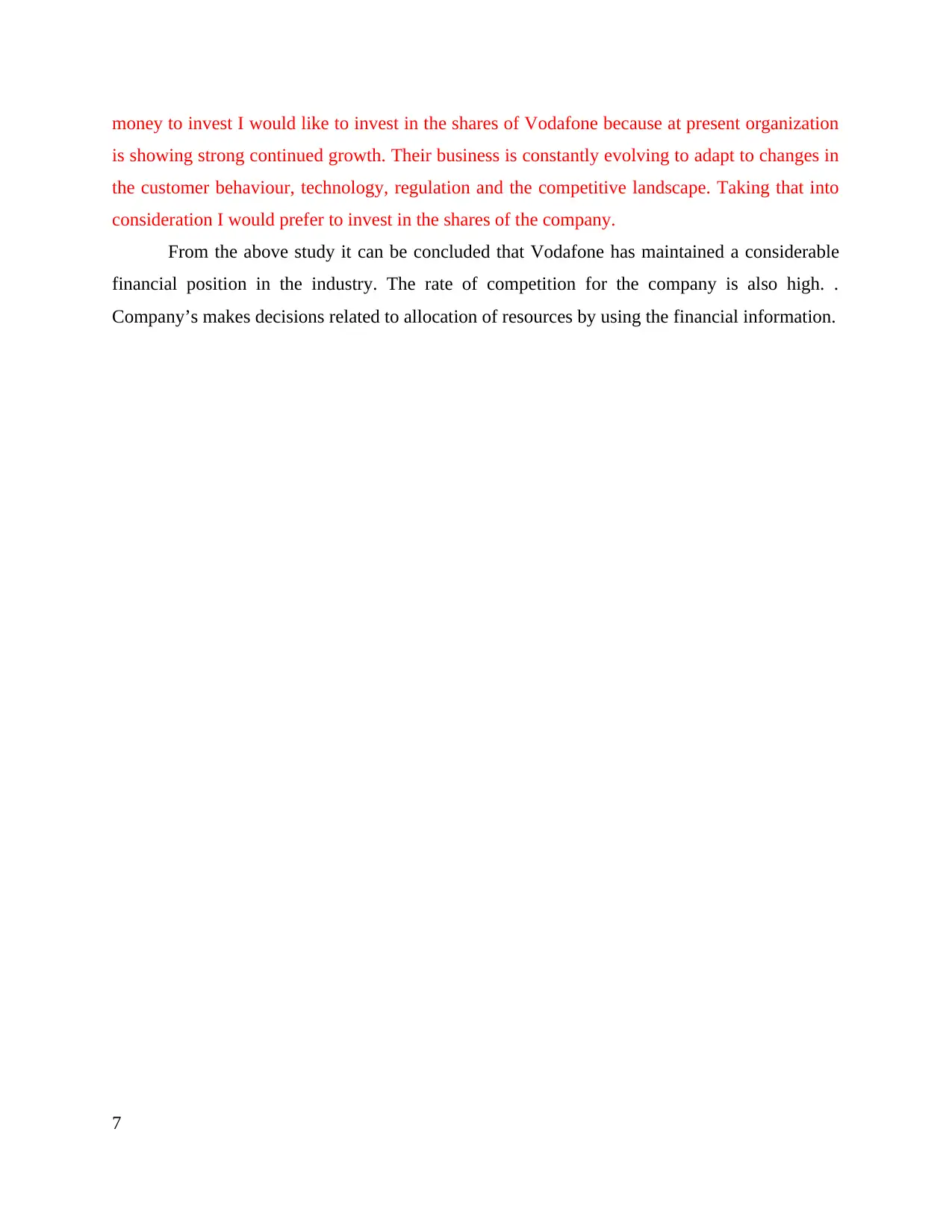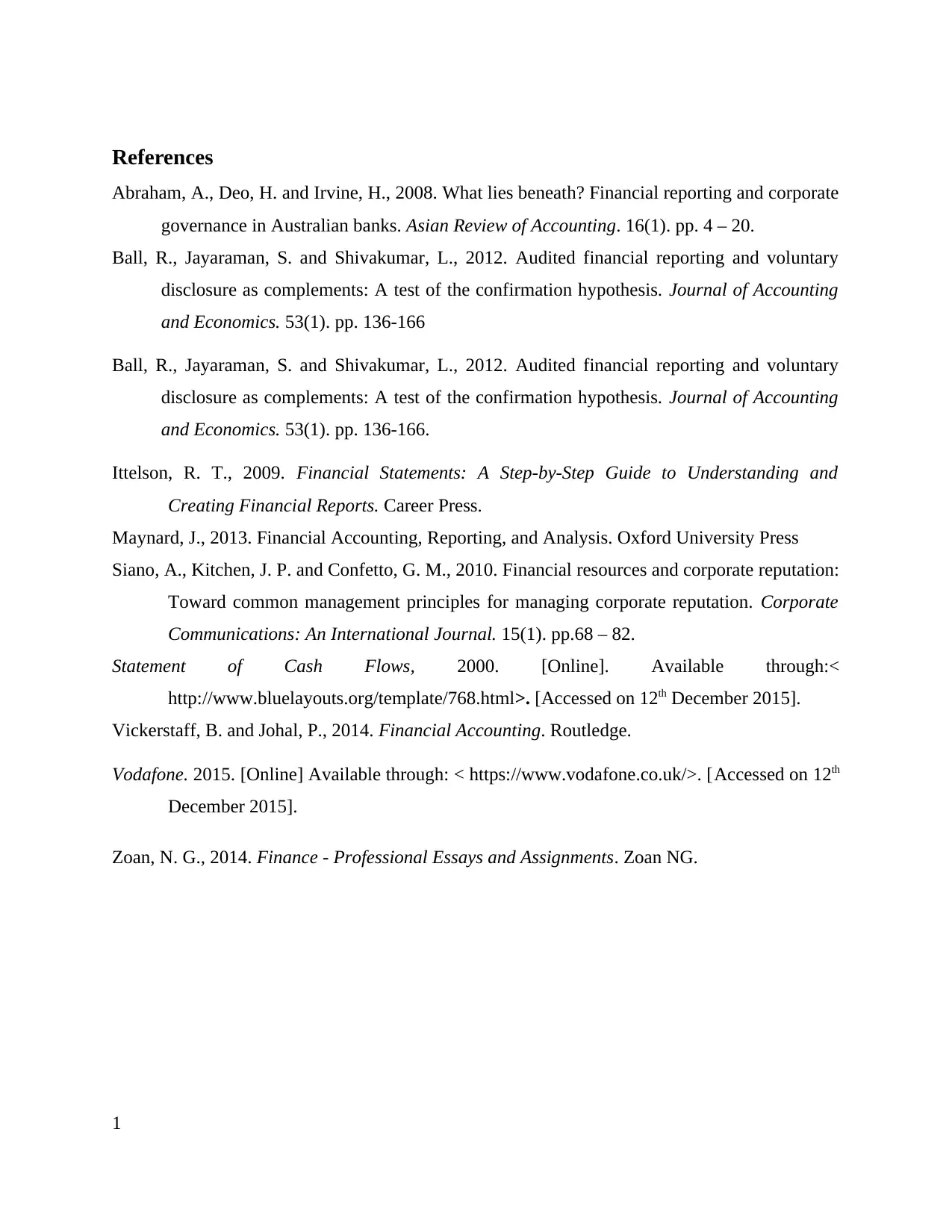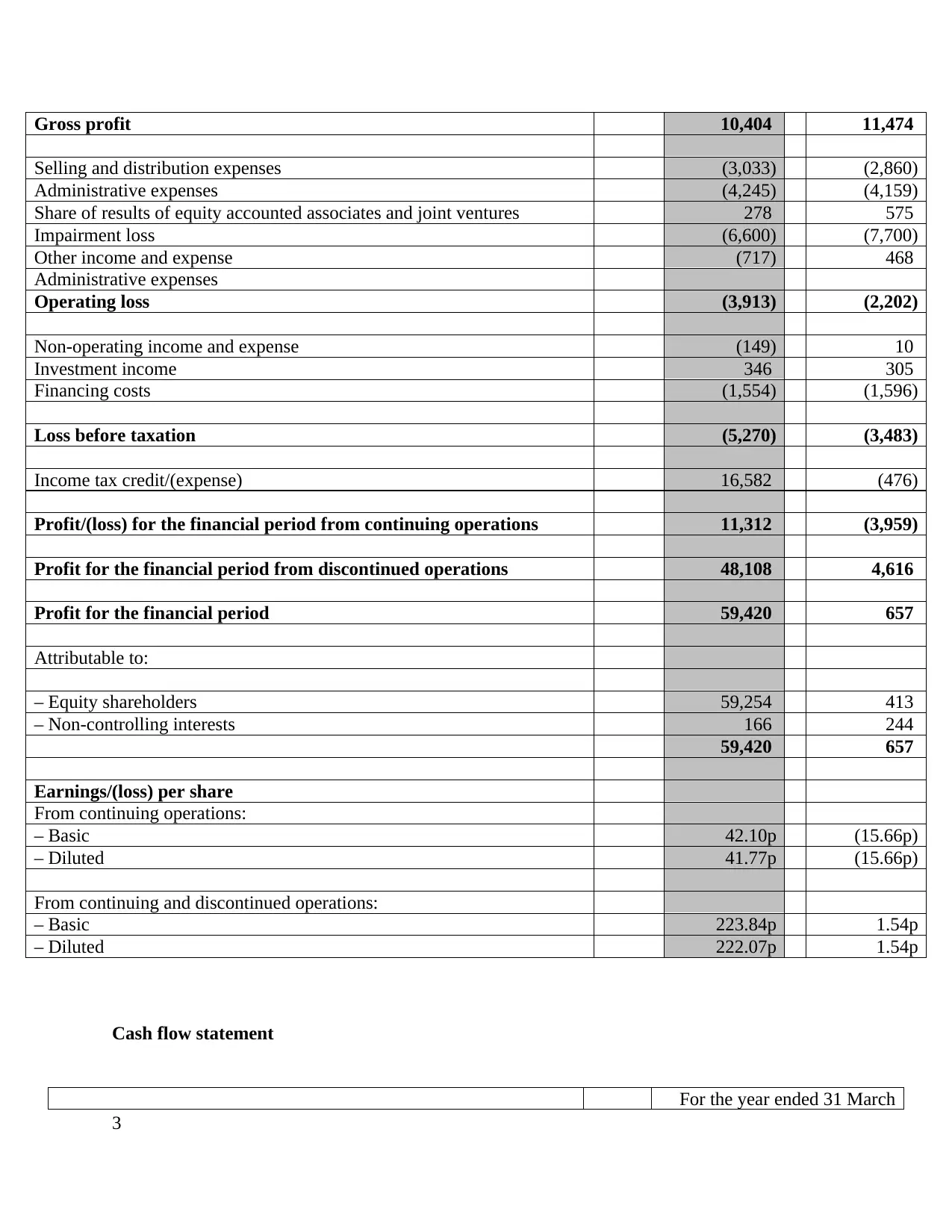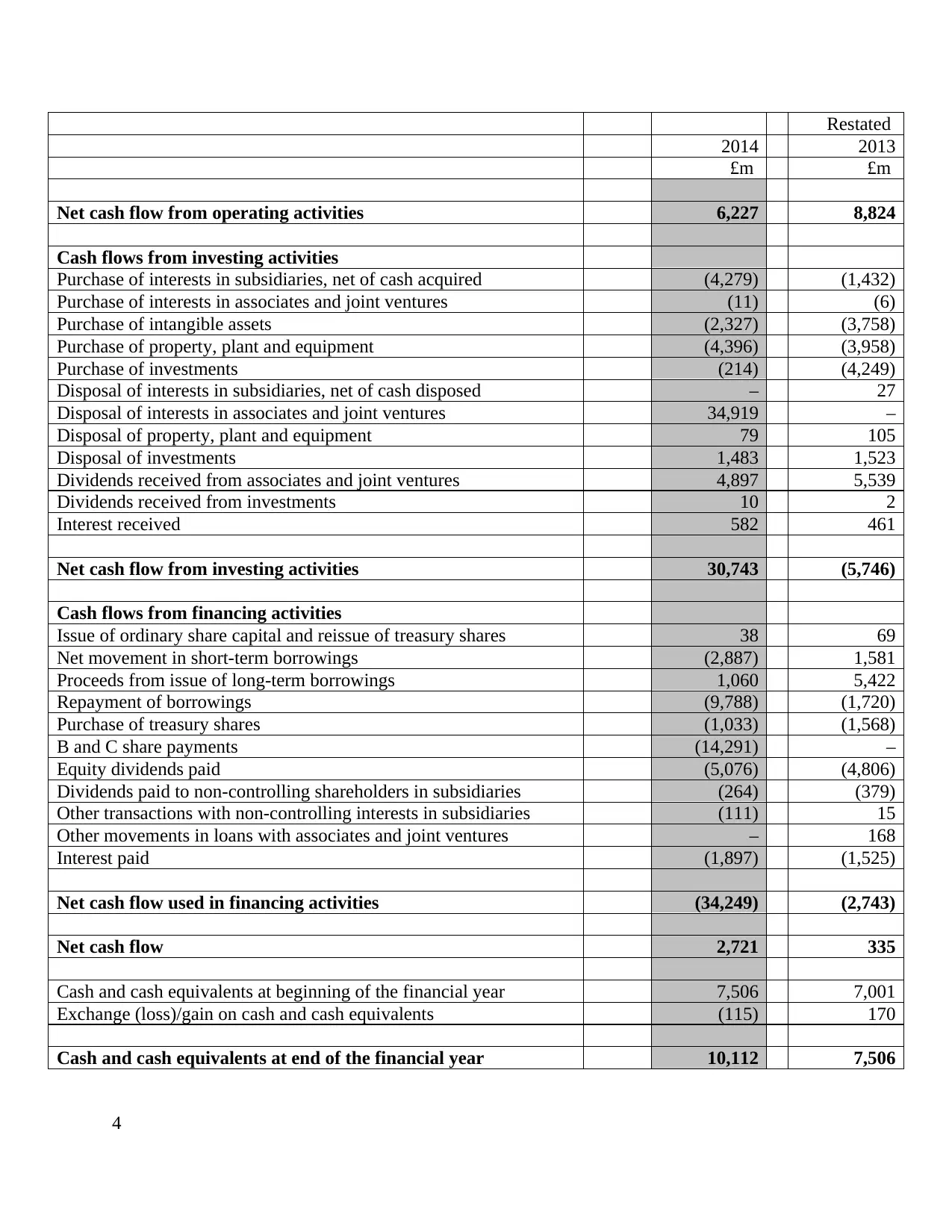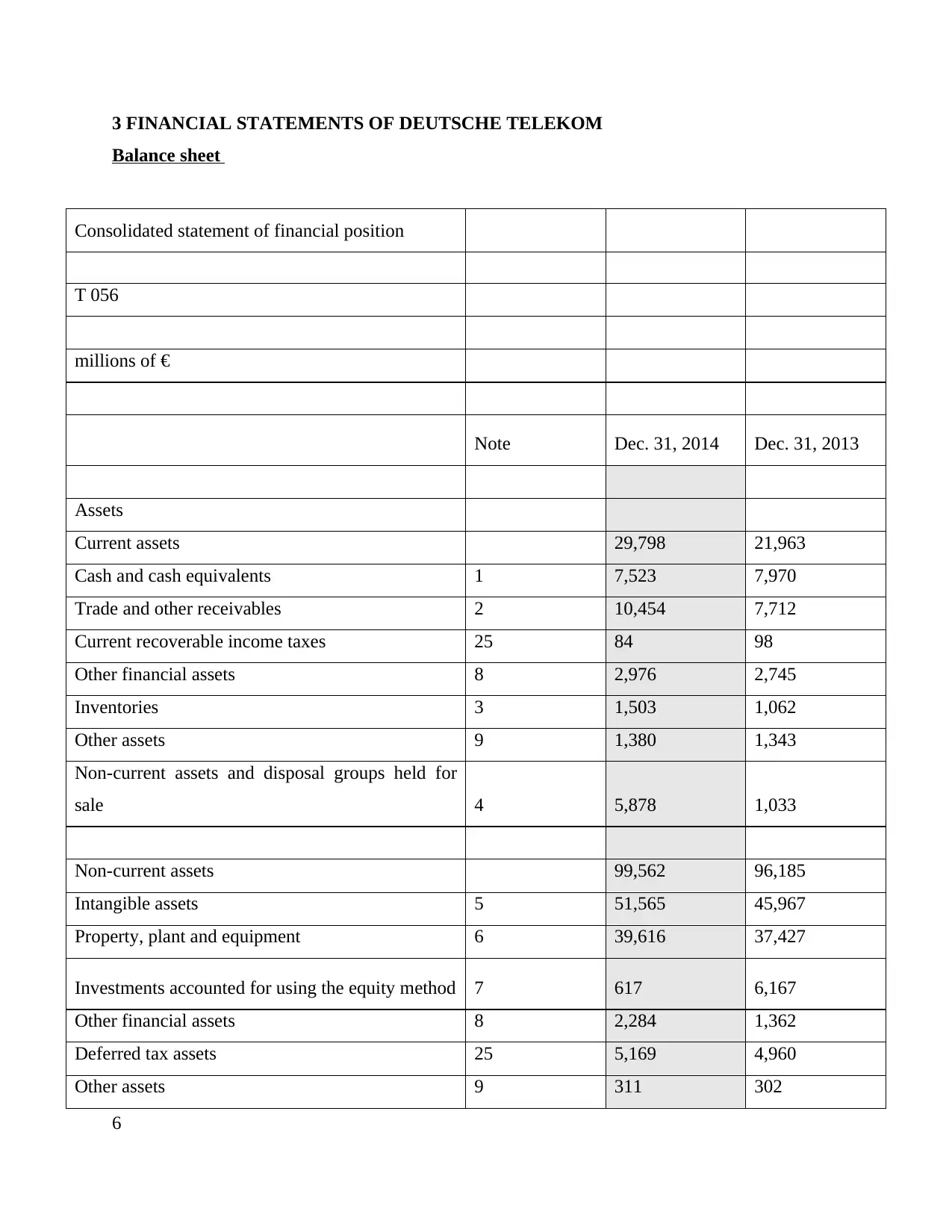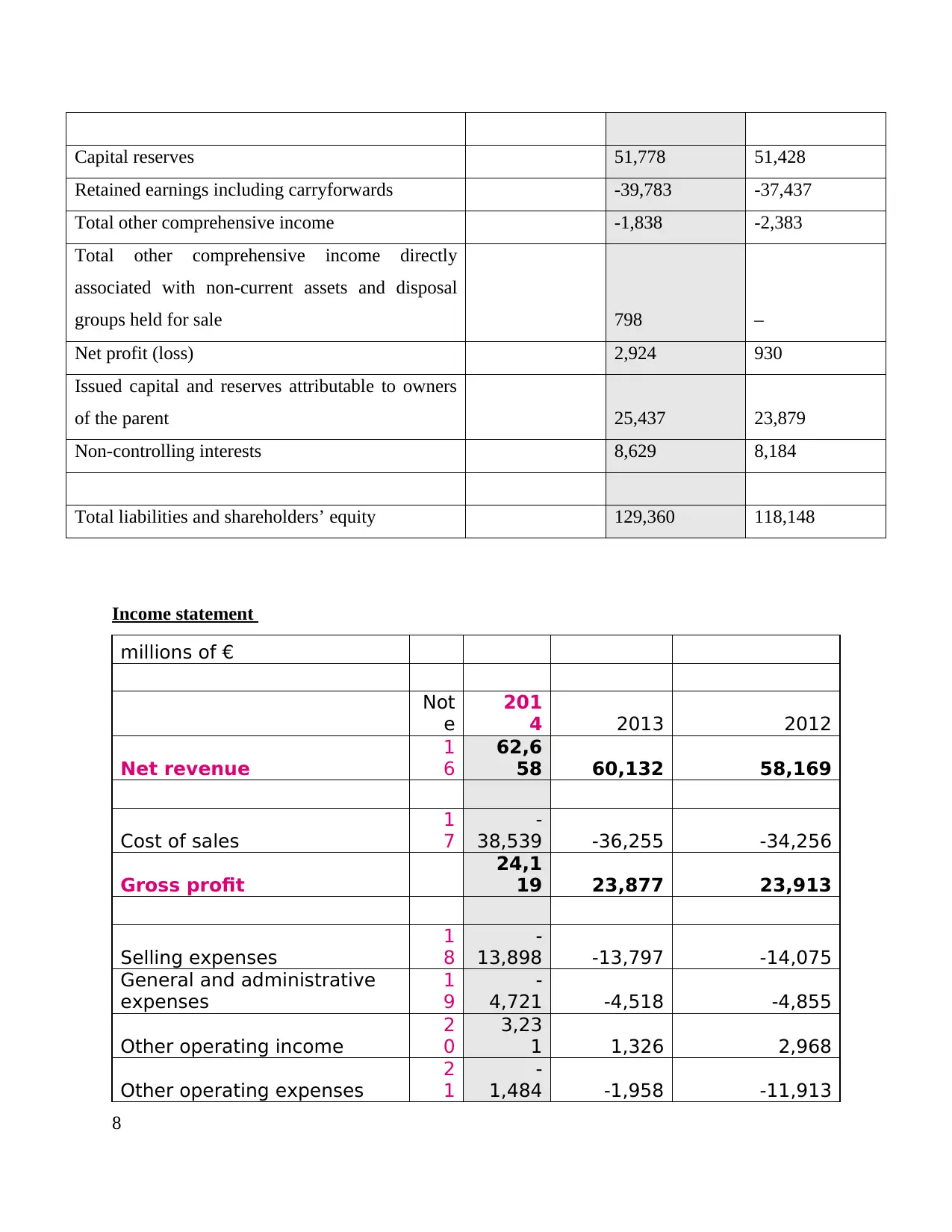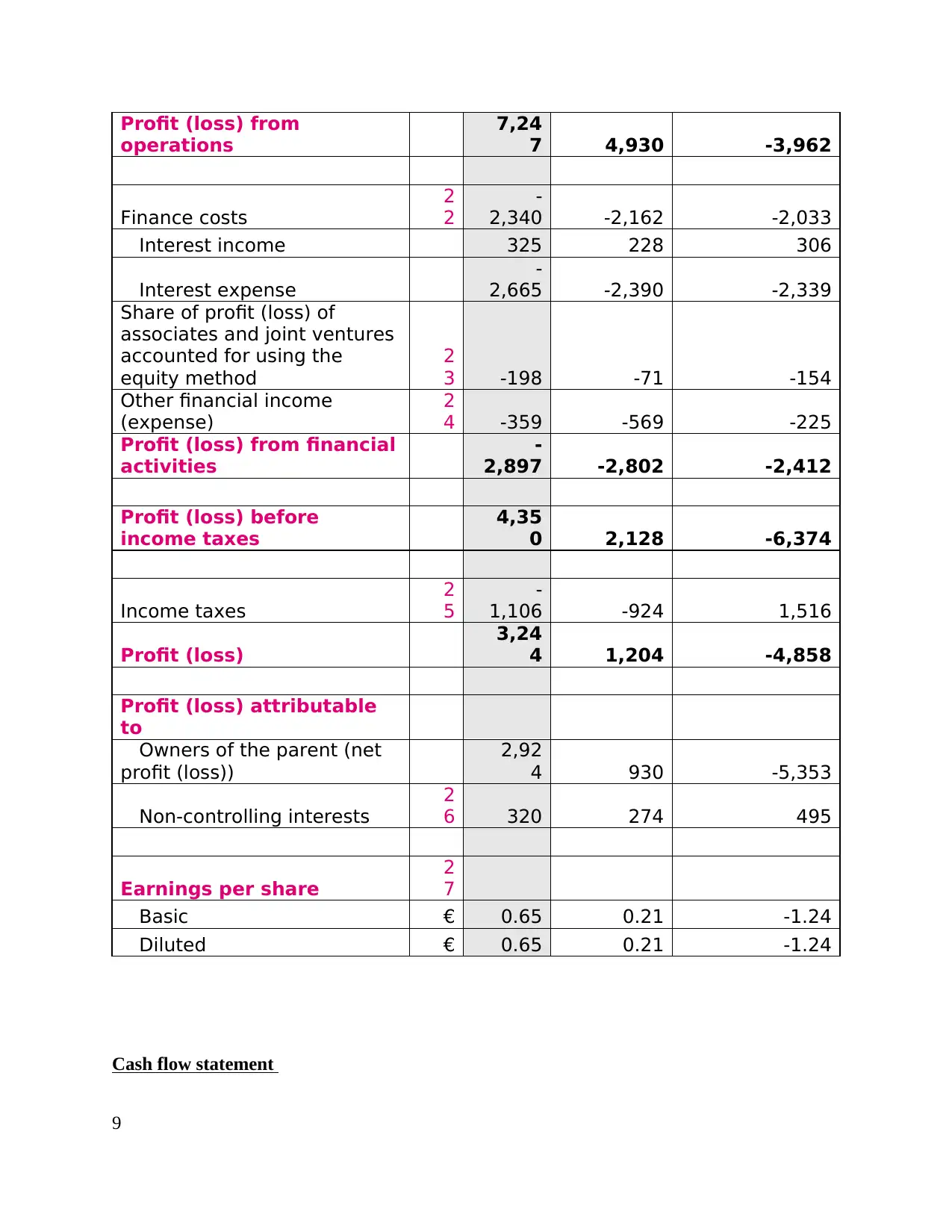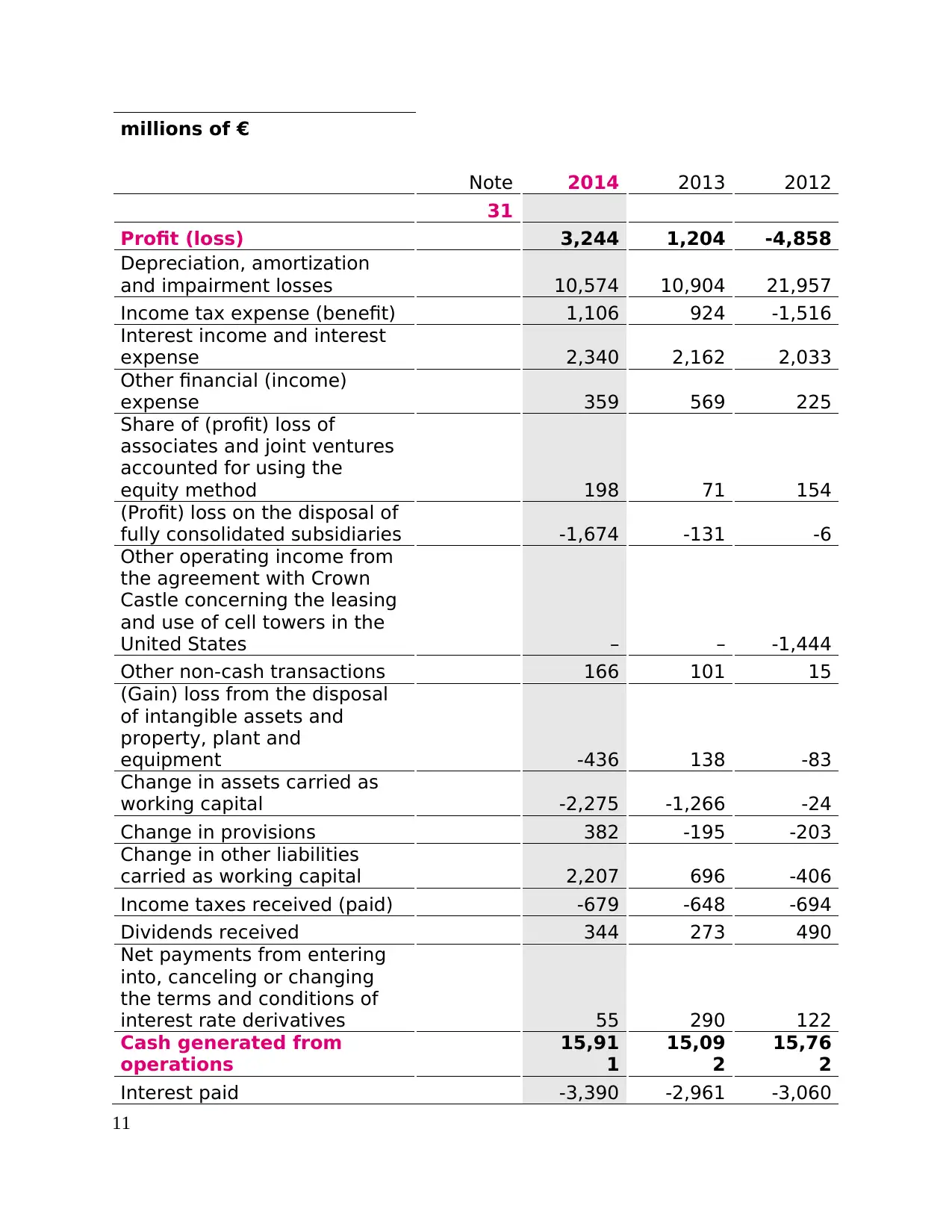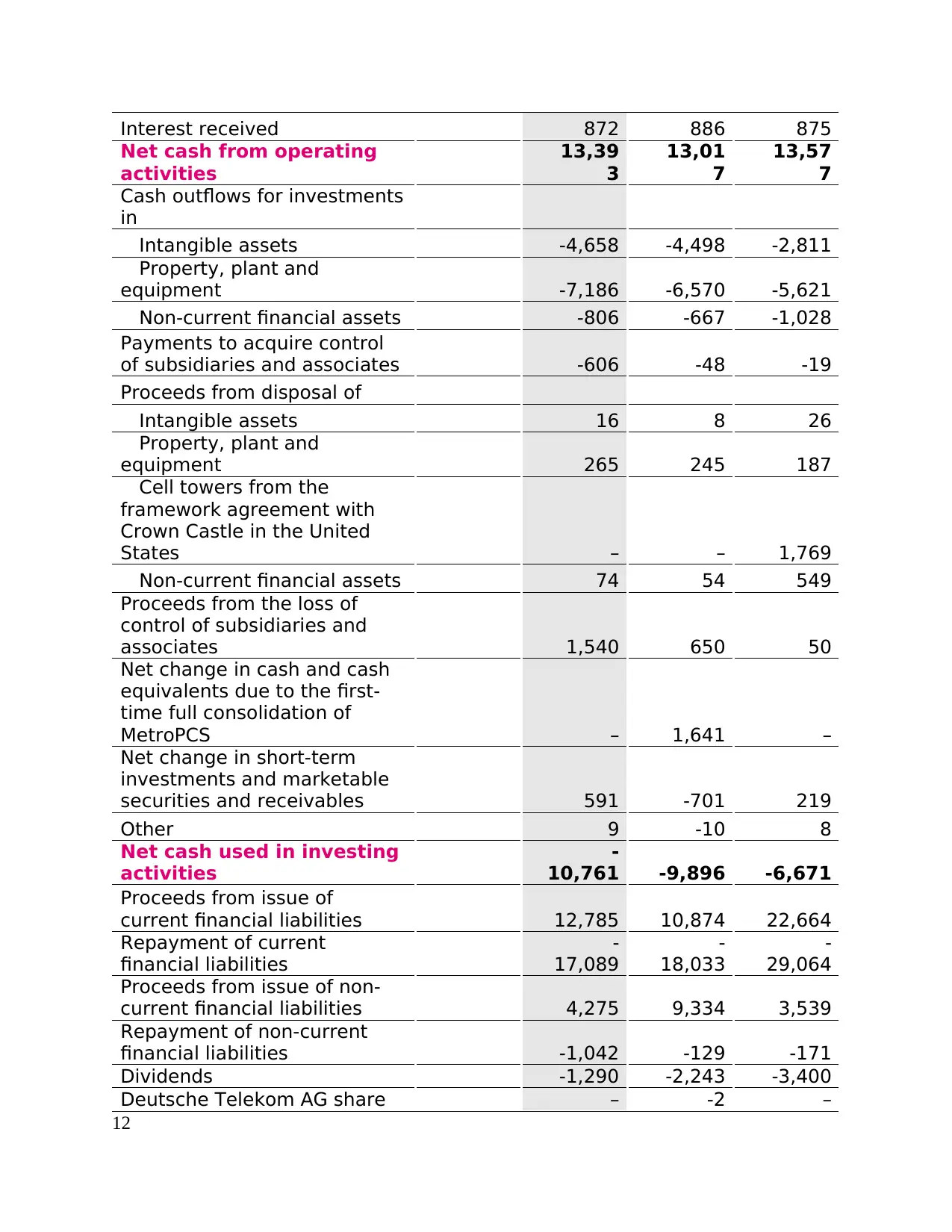The provided financial statement summary shows the company's movements in cash and cash equivalents during a given period. The net increase (decrease) in cash and cash equivalents was -447 at the beginning of the year, and it increased to 3,944 by the end of the year. The major inflows include: proceeds from issue of current and non-current financial liabilities, dividends received, and proceeds from disposal of intangible assets and property, plant, and equipment. Outflows include payments for investments in intangible assets, property, plant, and equipment, as well as net cash used in investing activities and net cash (used) from financing activities. Additionally, the effect of exchange rate changes on cash and cash equivalents and changes in cash and cash equivalents associated with non-current assets and disposal groups held for sale were also accounted for.
![[object Object]](/_next/static/media/star-bottom.7253800d.svg)
![[object Object]](/_next/static/media/star-bottom.7253800d.svg)


